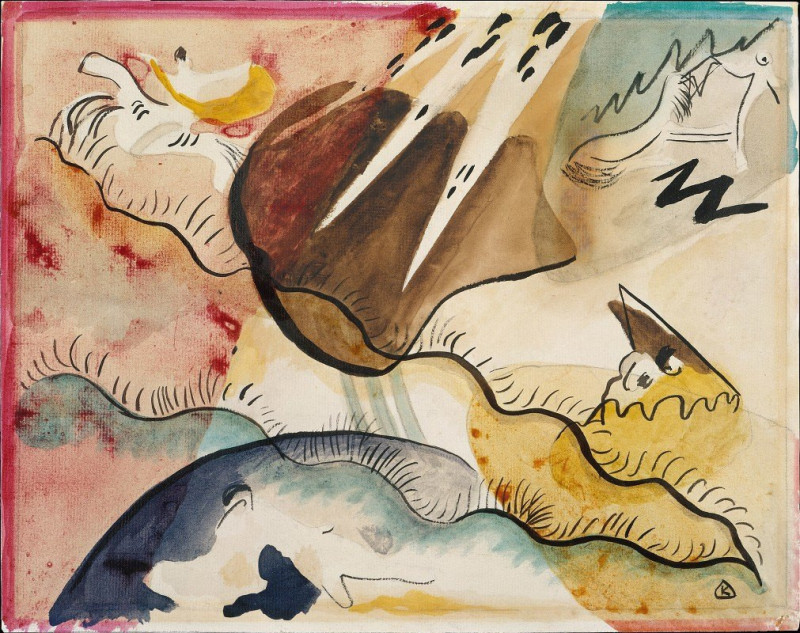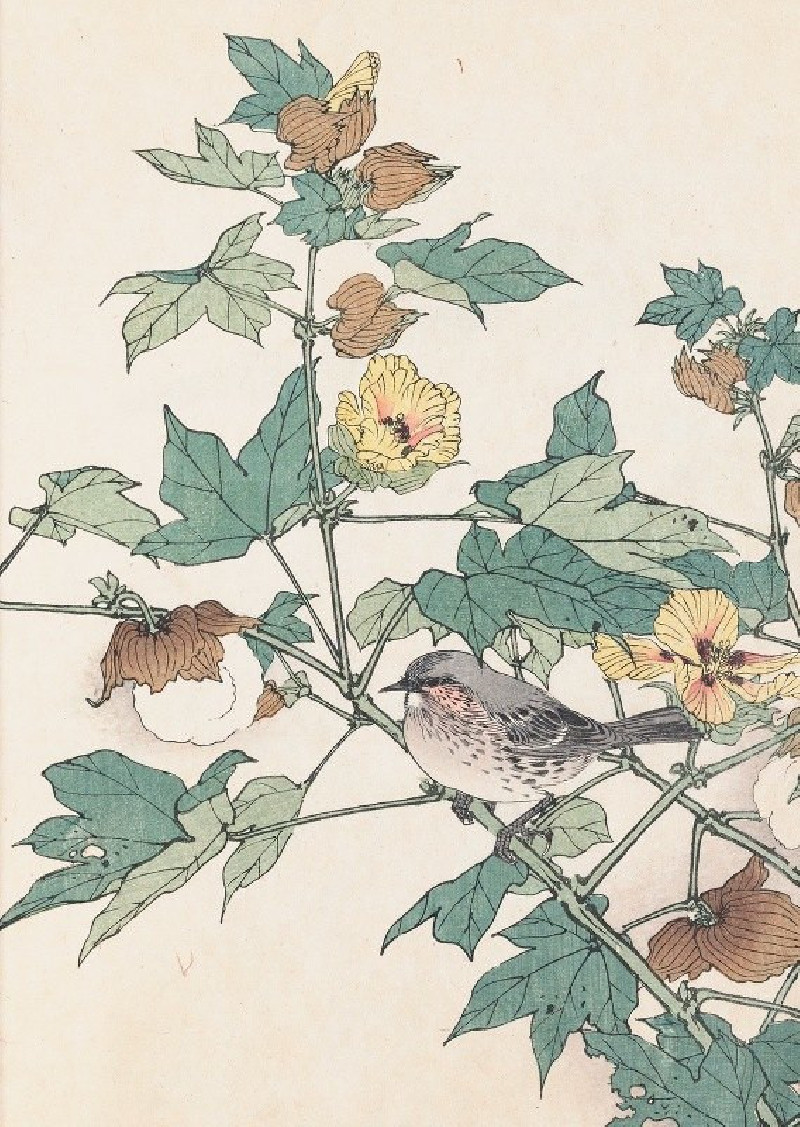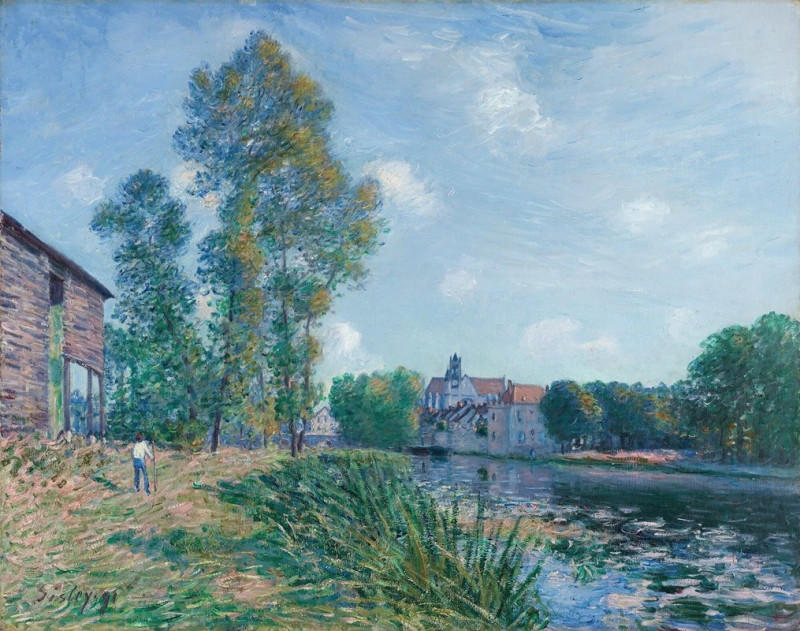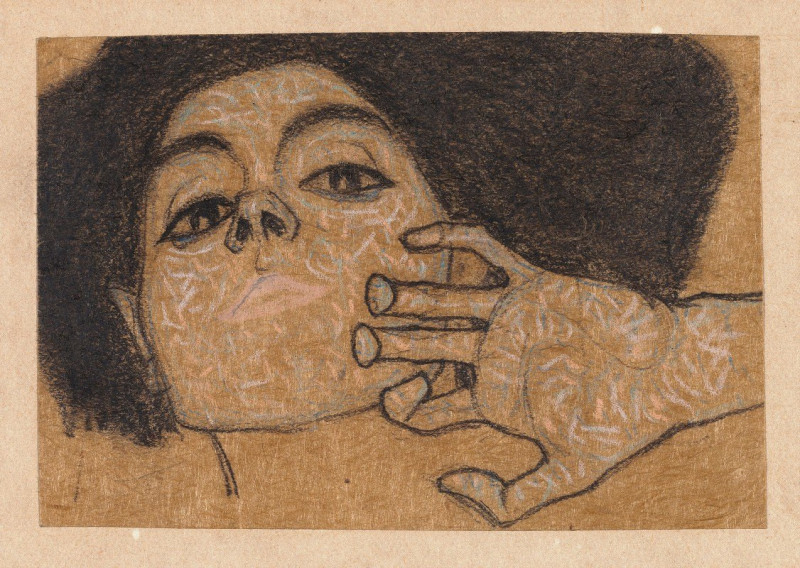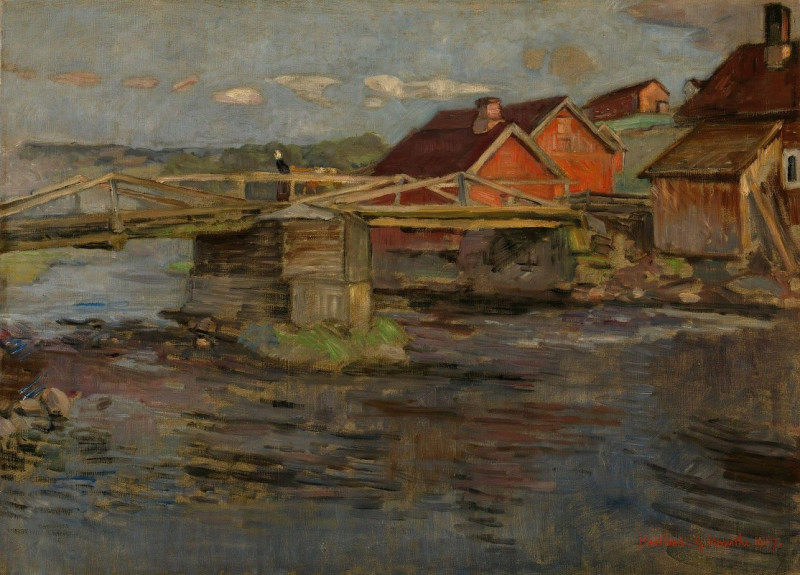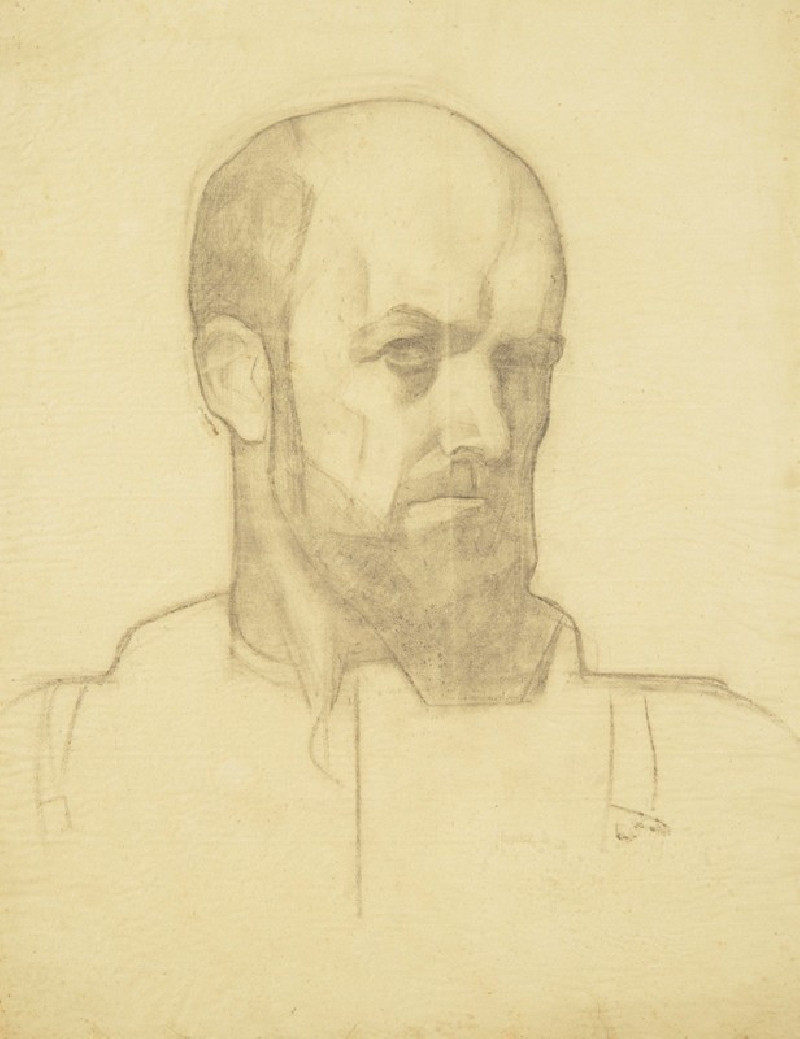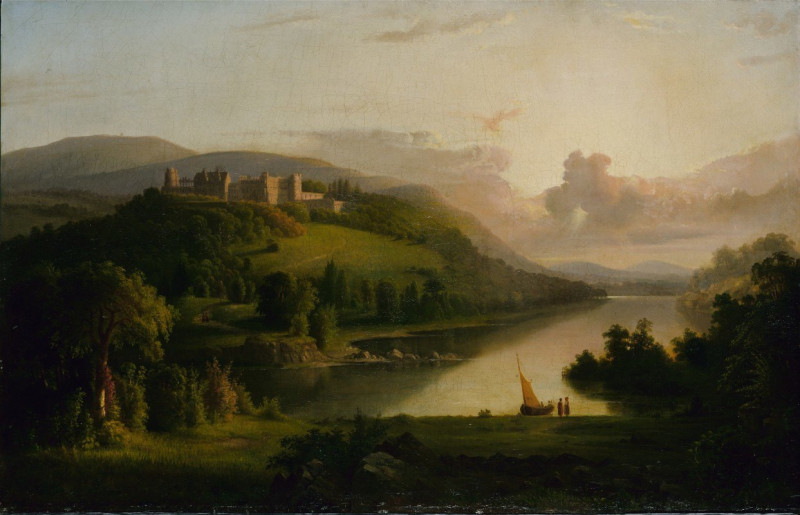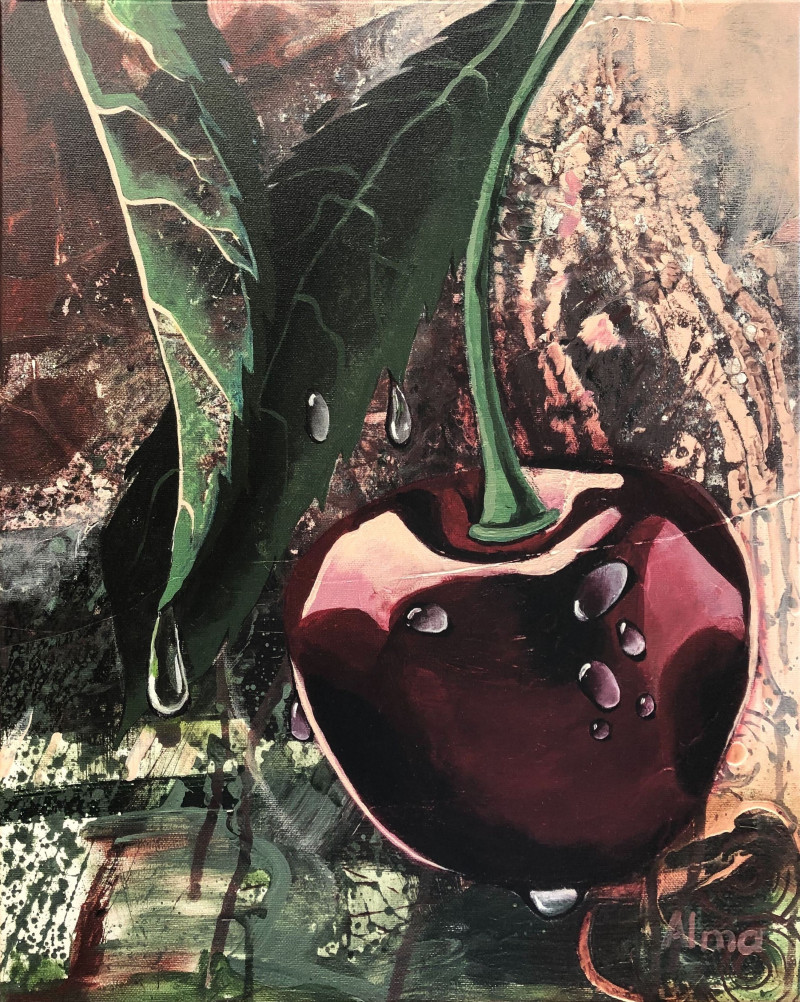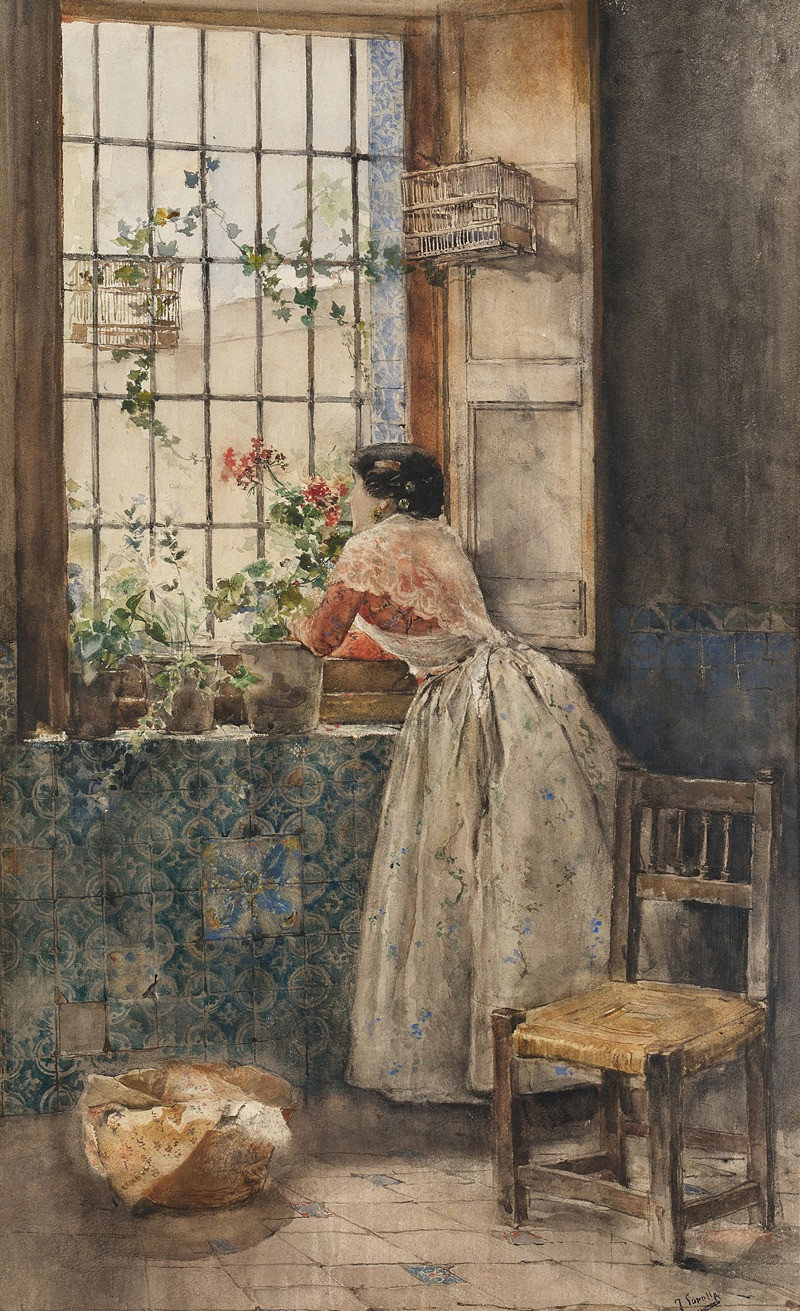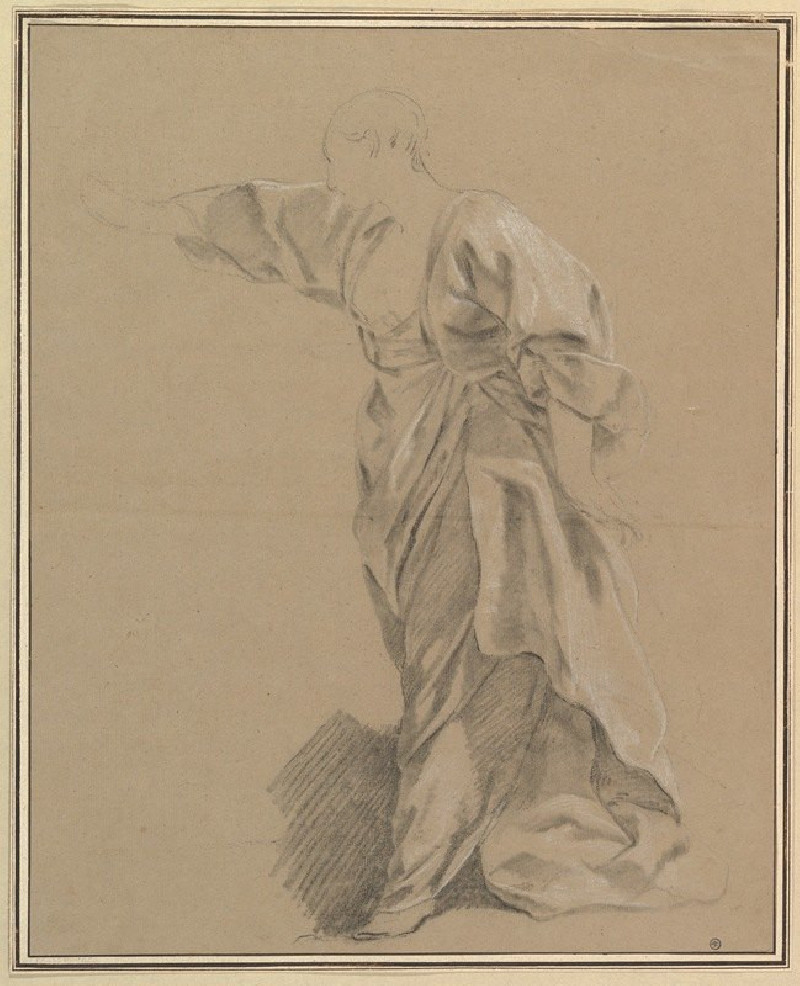Scene of the Roman Campagna (1647)
Technique: Giclée quality print
Recommended by our customers
More about this artwork
Immerse yourself in the pastoral beauty of the 17th century through Jan Both's masterpiece "Scene of the Roman Campagna." This exquisite painting transports viewers to a serene landscape in the Roman countryside, celebrating the delicate interplay of natural light and lush terrain that defines Both's art.At the heart of this painting lies a tranquil scene of travelers meandering through a richly wooded area beneath a vast, glowing sky. The foreground features a small group of figures and animals, including horses and mules, leisurely navigating across rocky paths and by a gentle stream. These travelers appear engaged in casual activities, lending a sense of everyday life continuing in harmony with nature.The composition masterfully balances the dense, shadowy greens of the trees on the right with the soft, radiant light cascading from the sky, highlighting Both’s extraordinary skill in rendering light. This luminescent sky, with its golden and pink hues, suggests the time of early evening, adding a dreamlike quality to the scene.Off in the distance, the Roman landscape unfolds with rolling hills and a hint of mountains, fading into a misty horizon. This not only provides depth but also invites the viewer to contemplate the vastness and timeless beauty of the Italian countryside."Scene of the Roman Campagna" is more than a landscape painting; it is a narrative of peaceful coexistence with nature and a testament to the tranquil life outside the bustling city walls of Rome. With its rich textures and subtle color palette, Jan Both offers a window into the idyllic and pastoral elegance of the Campagna with a timeless appeal that continues to enchant viewers today.
Delivery
Returns
Jan Dirksz Both was a Dutch painter, draughtsman, and etcher, who made an important contribution to the development of Dutch Italianate landscape painting.
Both was born in Utrecht, and was the brother of Andries Both. According to Houbraken, the brothers first learned to paint from their father, who was a glass-painter or glazier there.

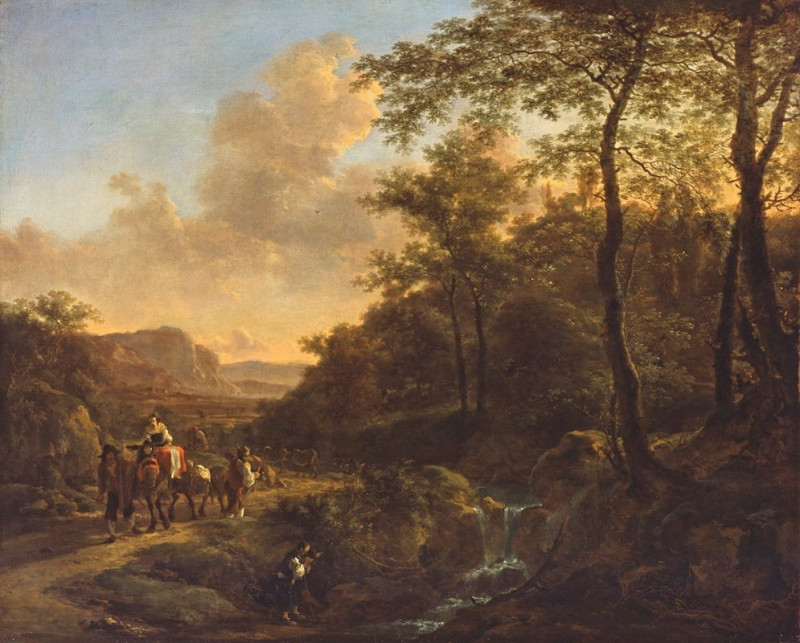
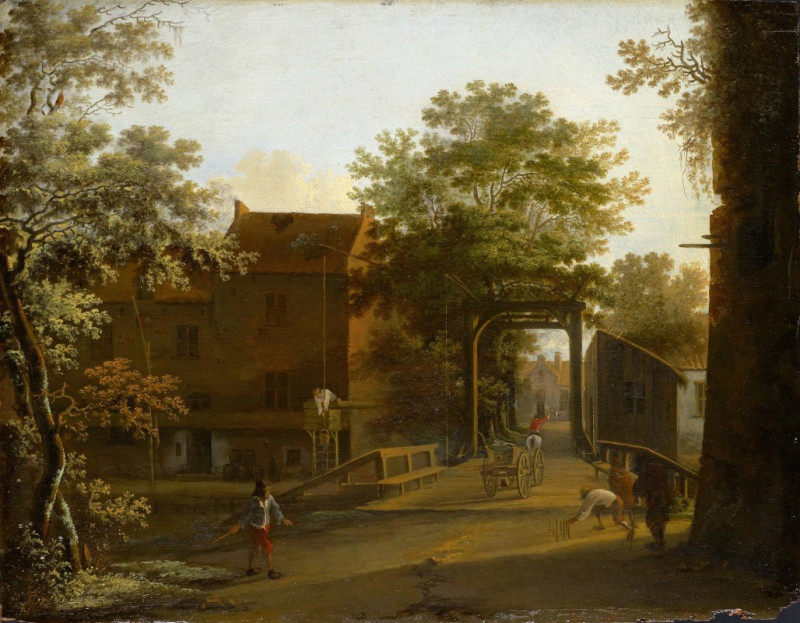
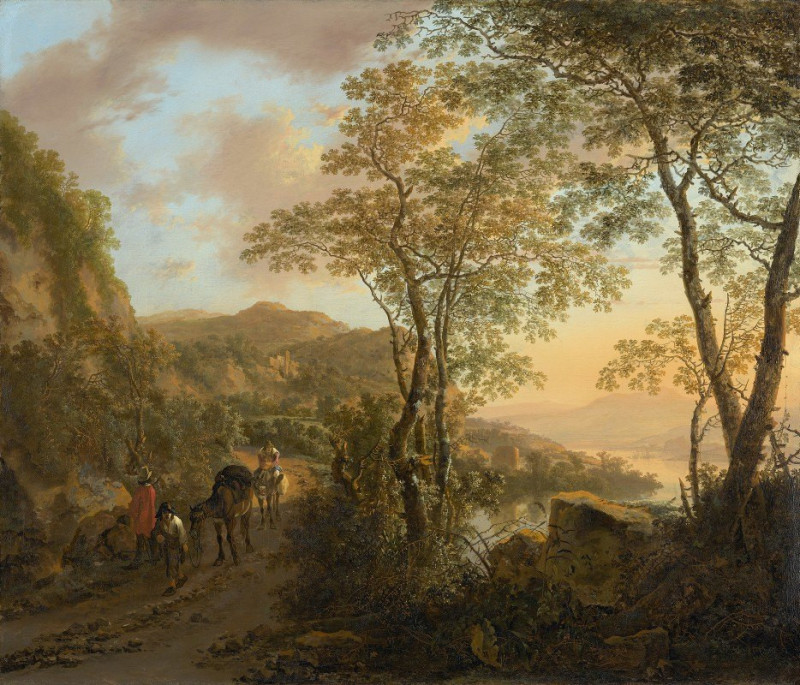
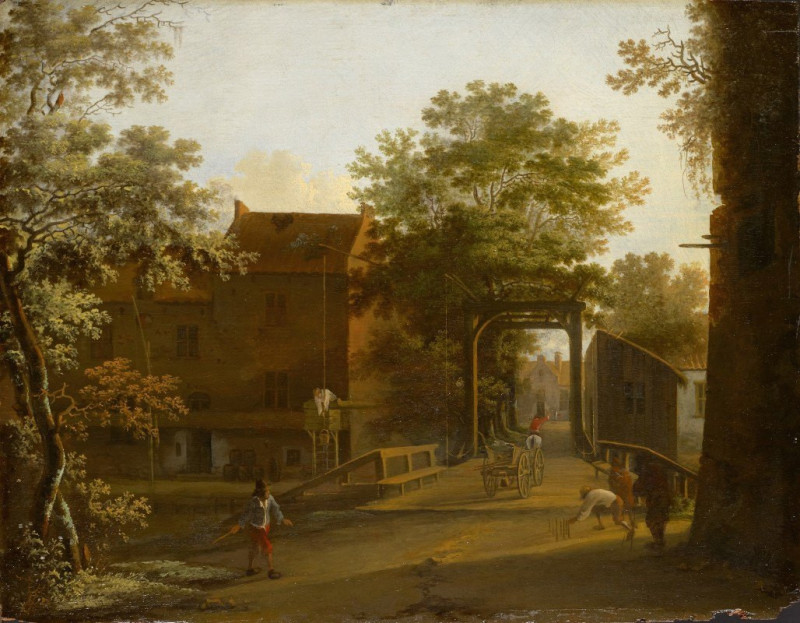
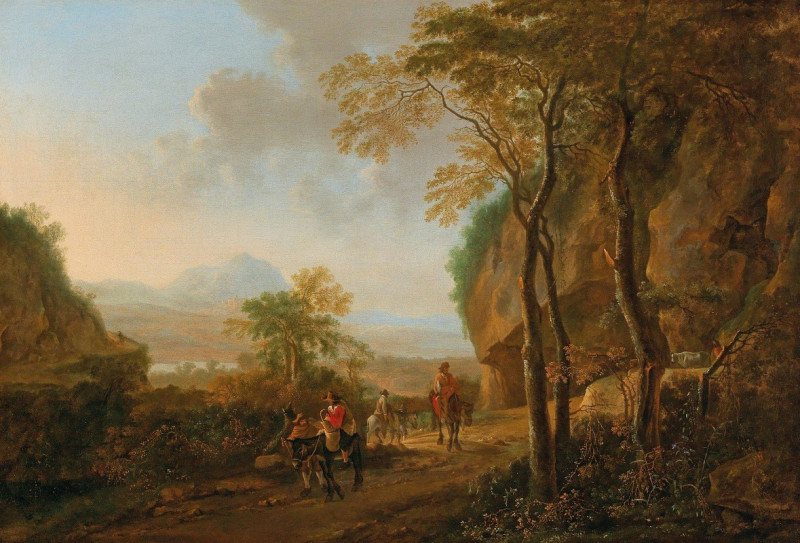
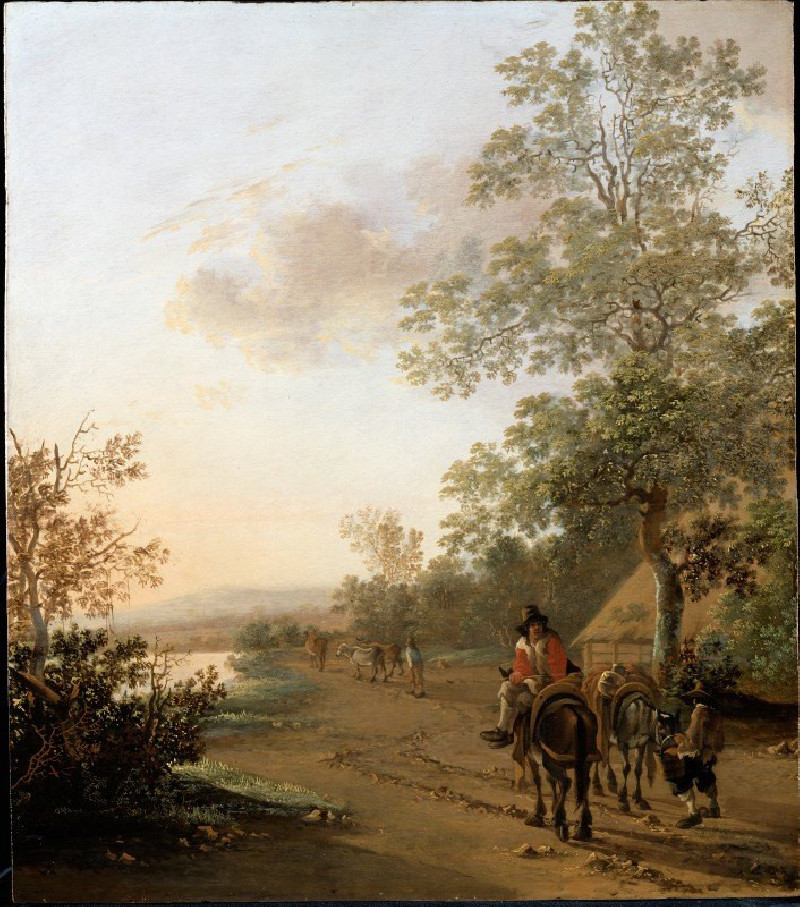
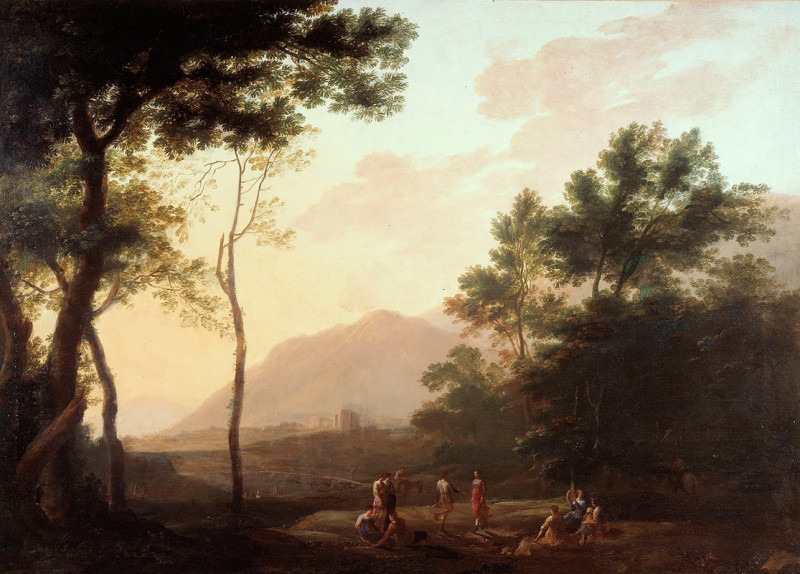
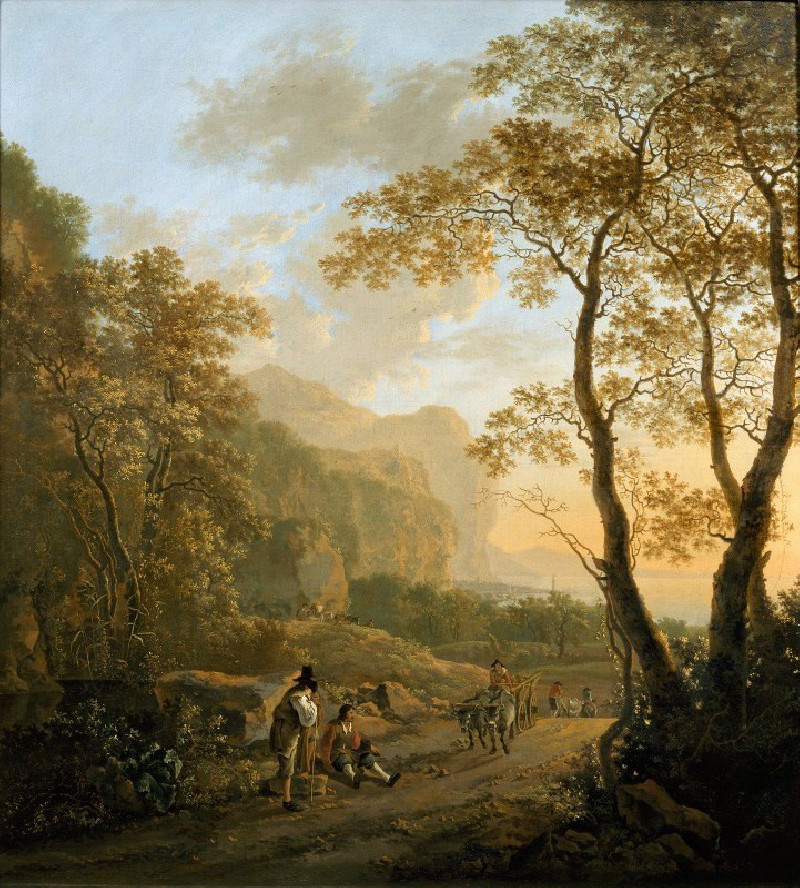

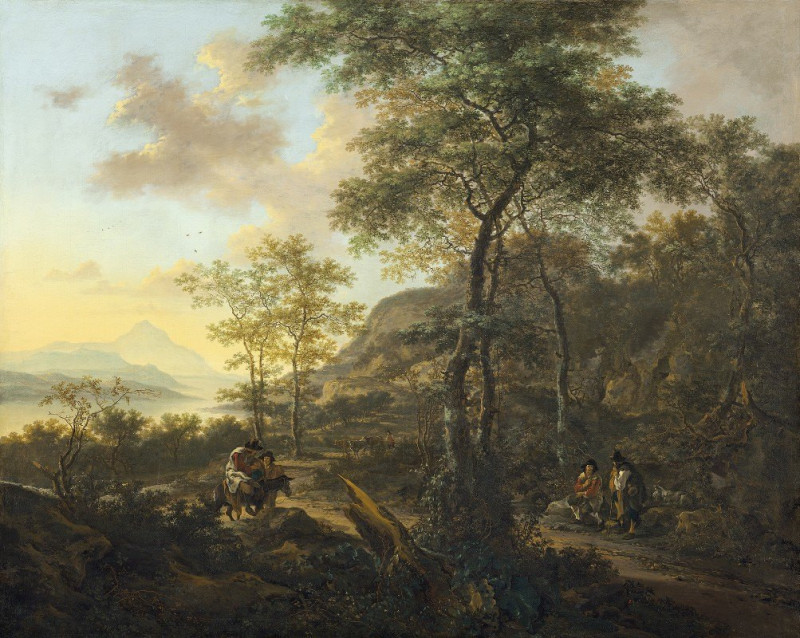
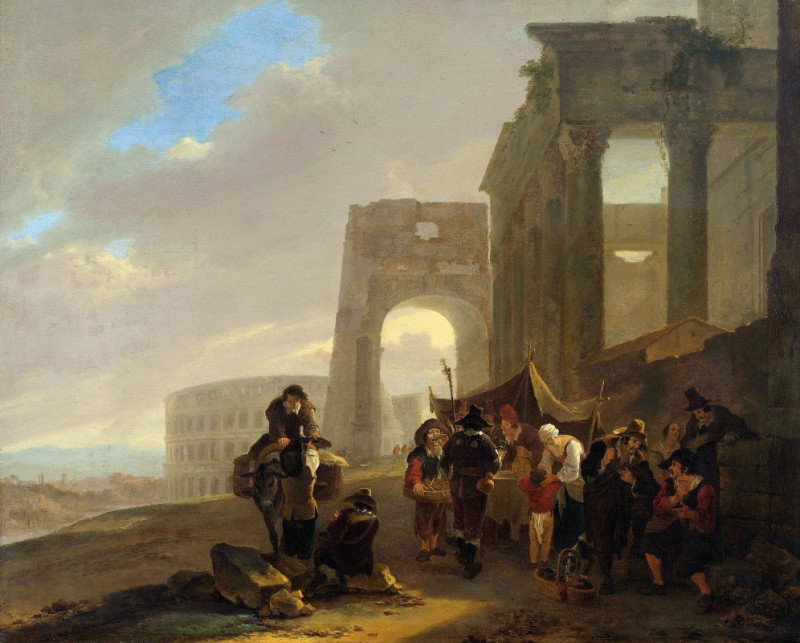
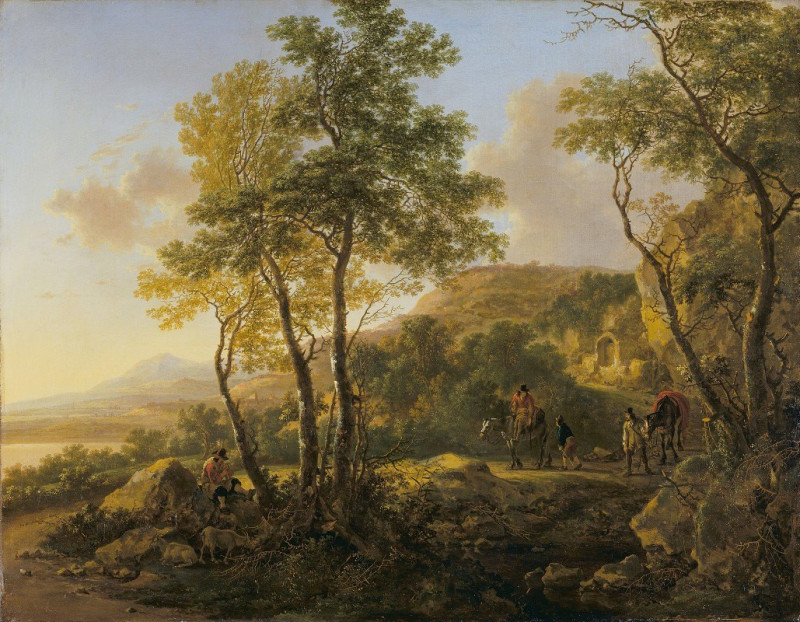
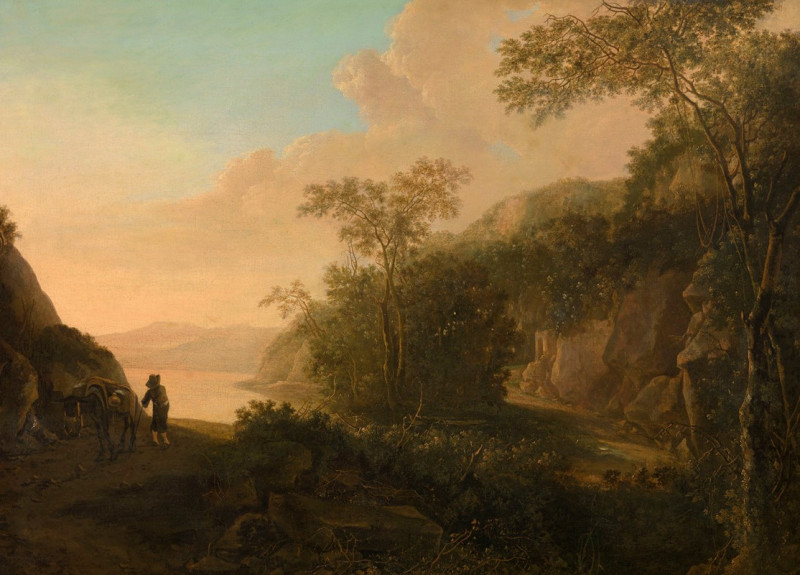
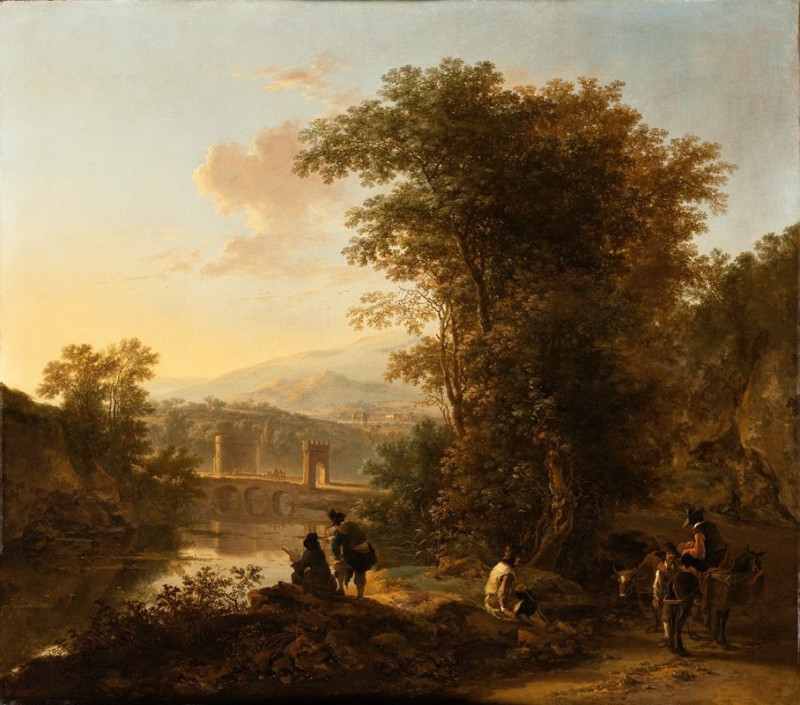
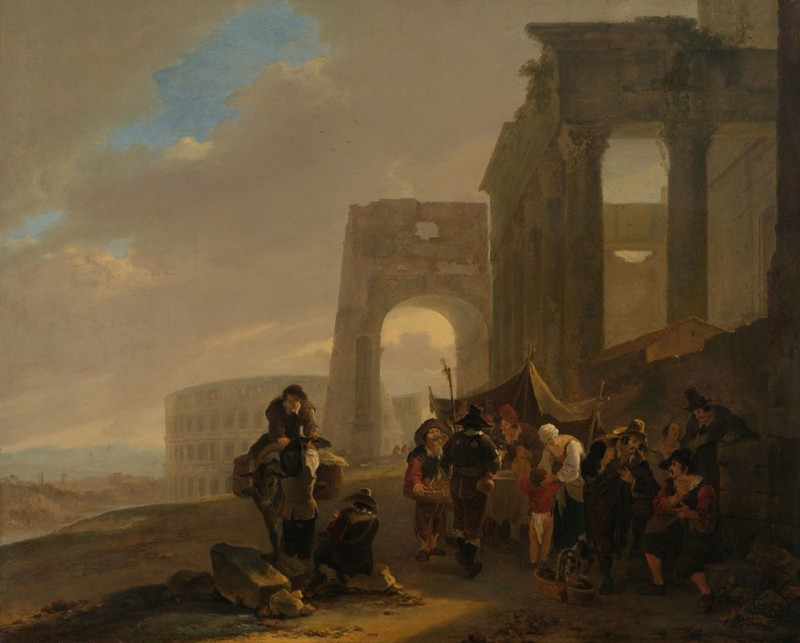
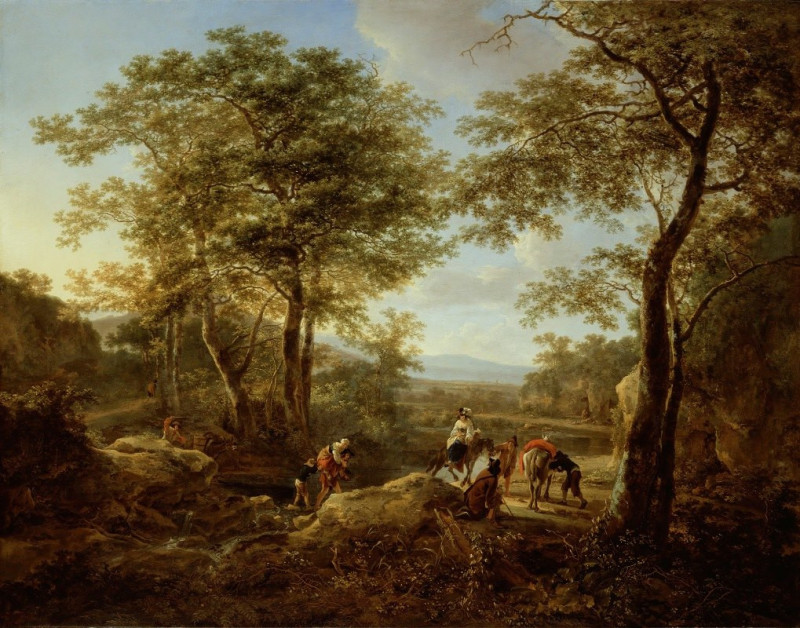
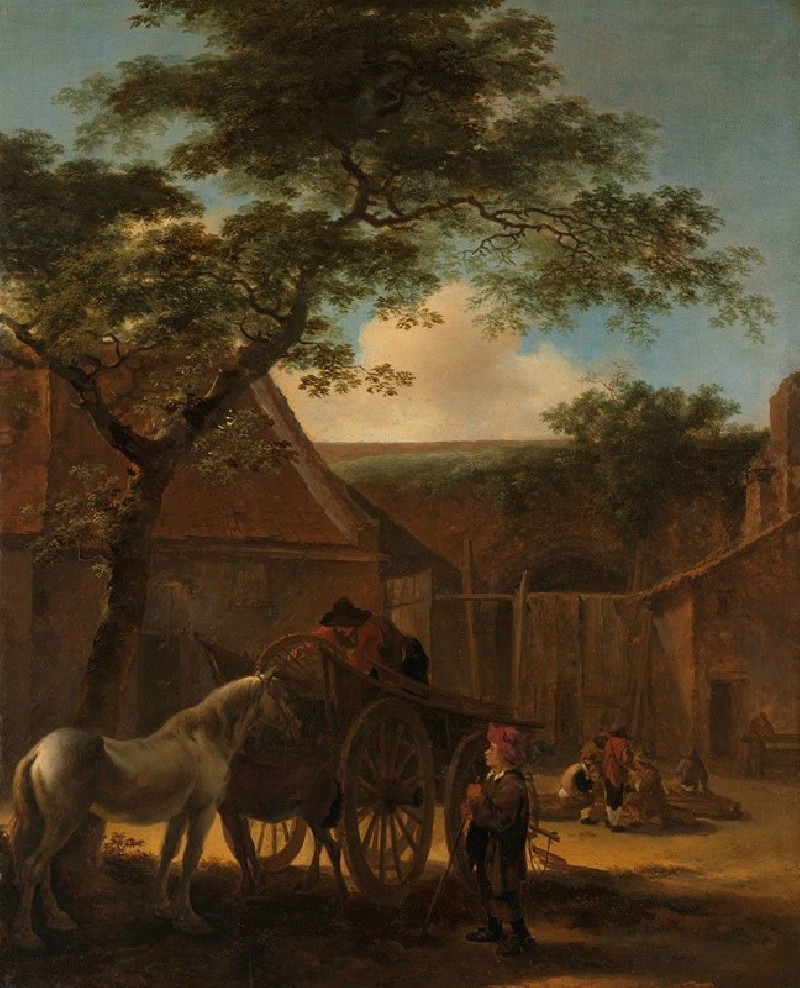

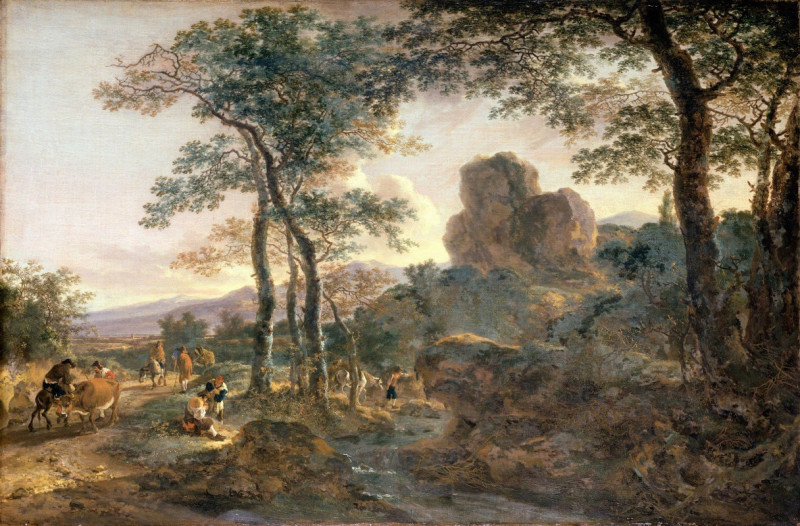
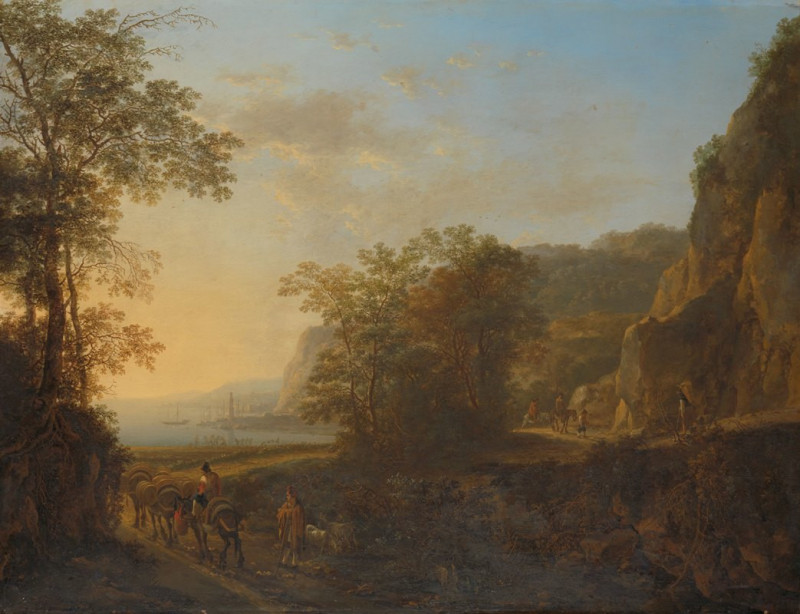
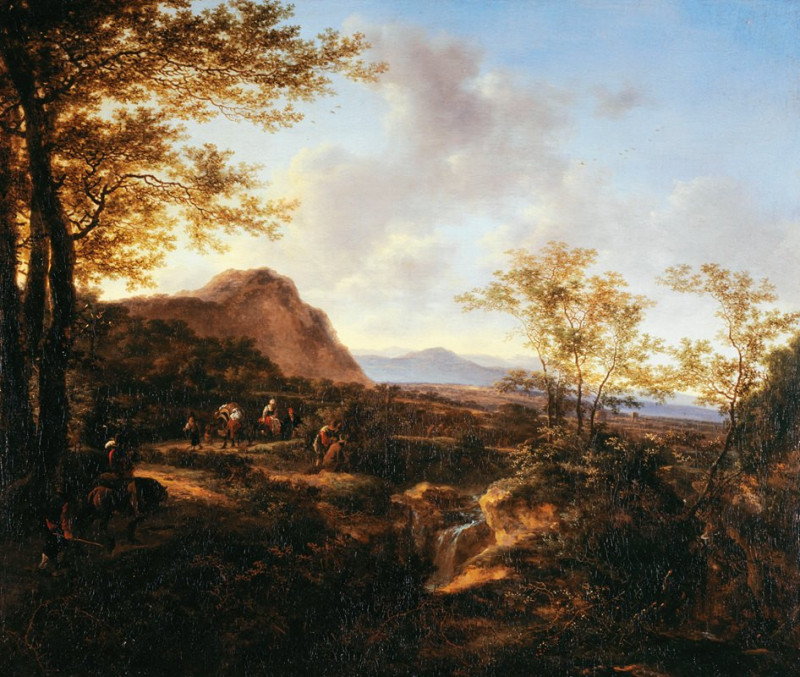

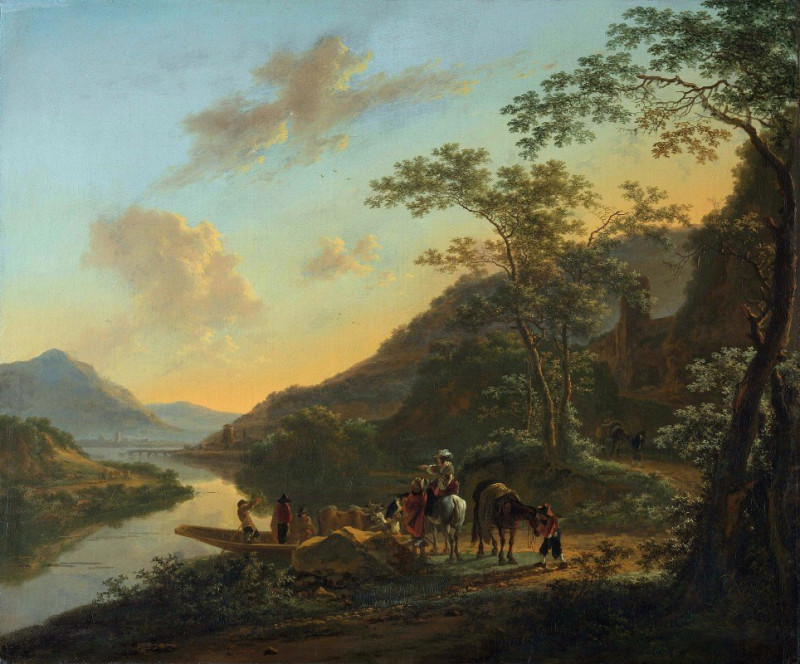

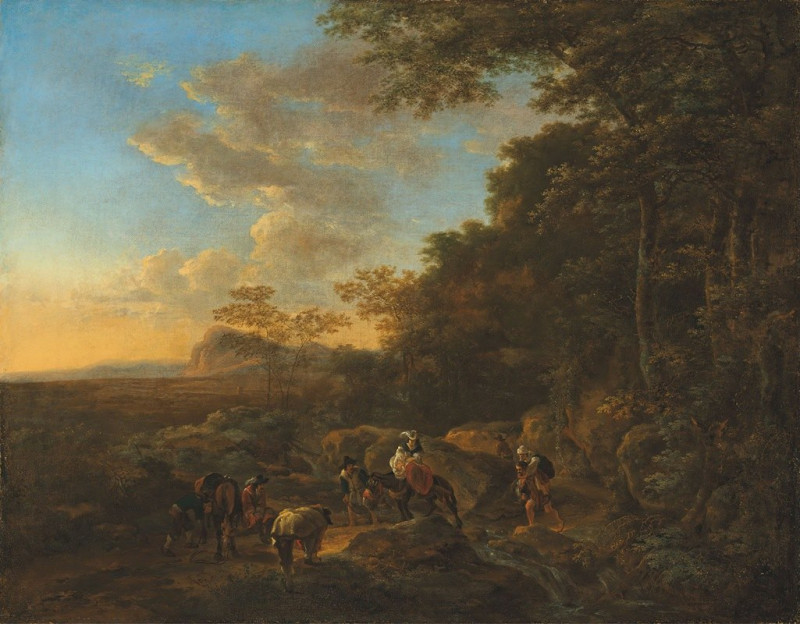
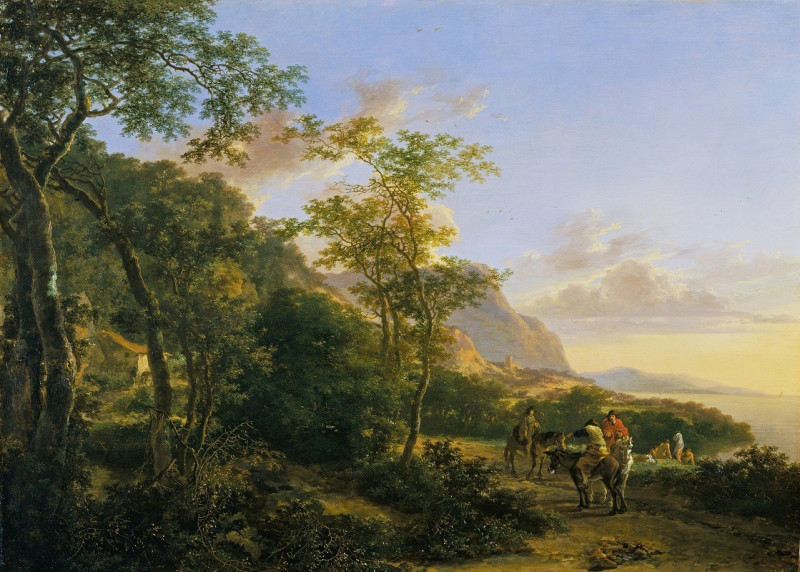

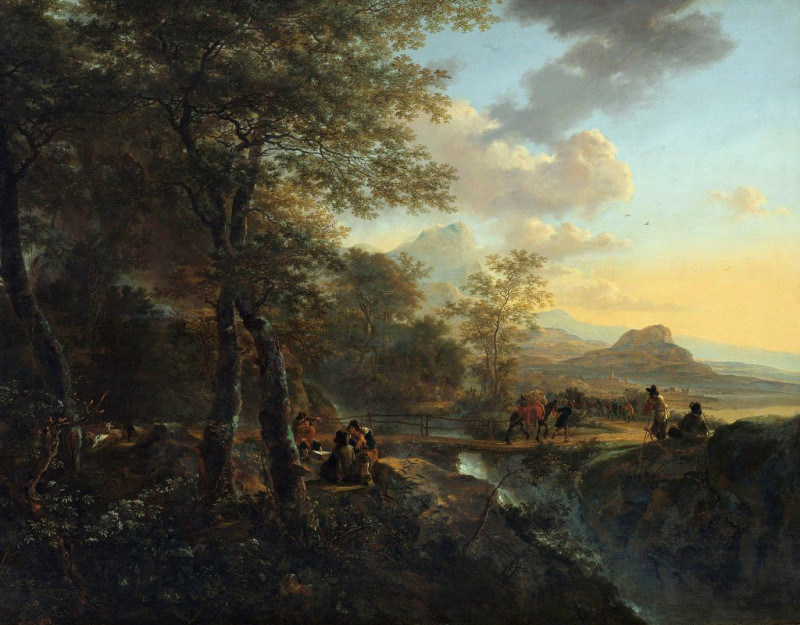
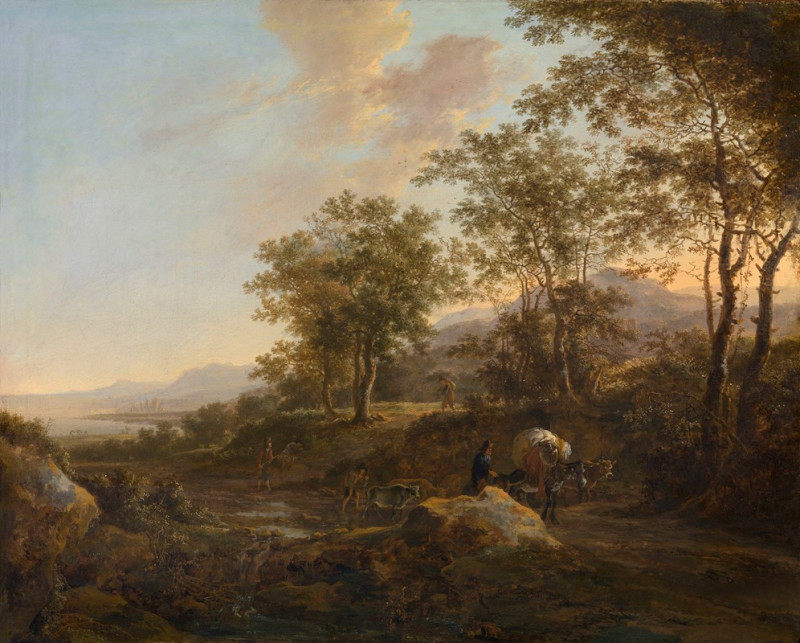

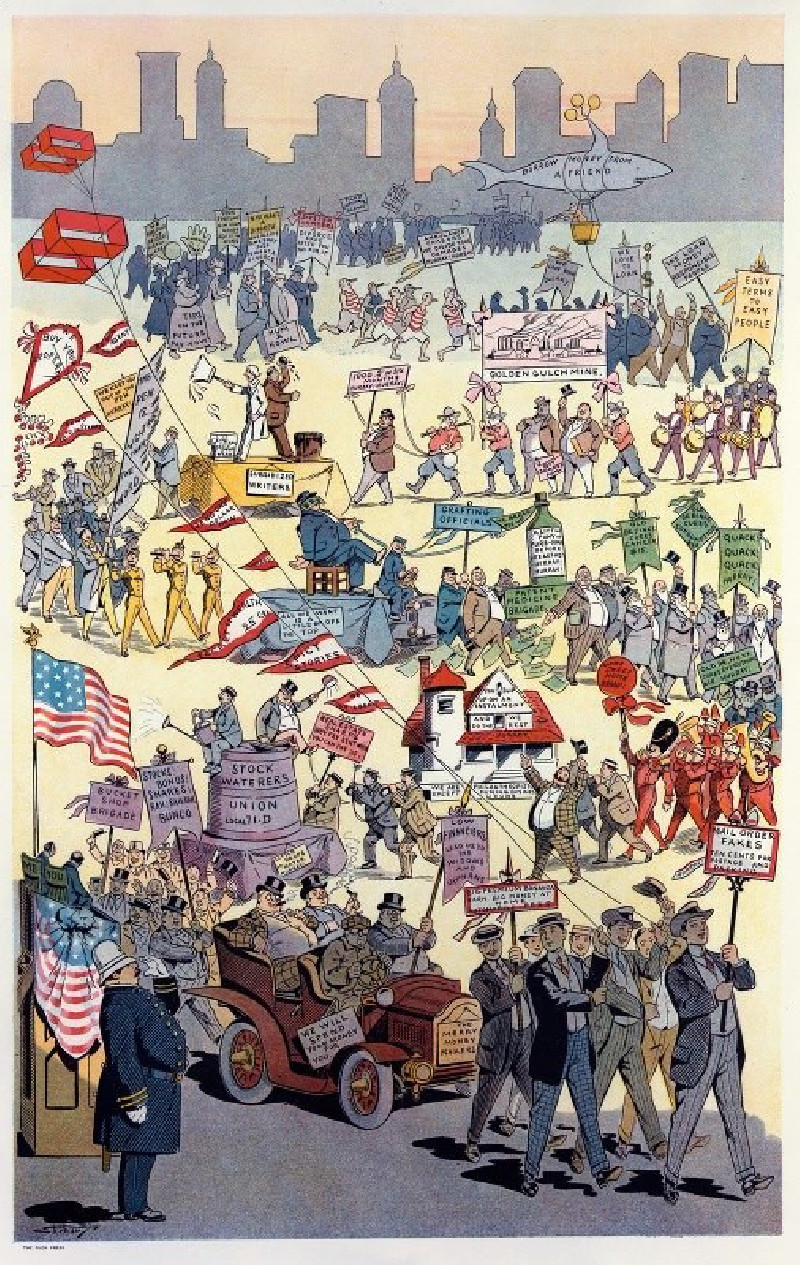
![Where There’s a Will There’s a Way [A Way of Flying] (Donde Hay Ganas Hay Maña [Modo de Volar]) (ca. 1813-1820) reproduction ...](https://reprodukcijos.lt/37196-large_default/reproduction-of-where-theres-a-will-theres-a-way-a-way-of-flying-donde-hay-ganas-hay-mana-modo-de-volar-ca-1813-1820.jpg)
